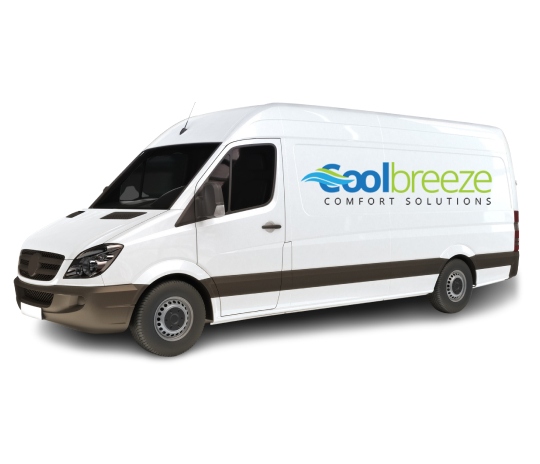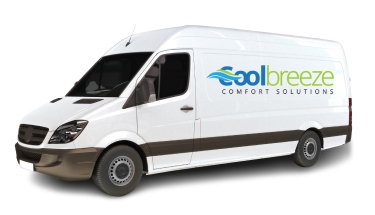Our Blog


Why Choose Coolbreeze Comfort Solutions?
Handling All Of Your HVAC & IAQ Needs
- Our technicians are licensed, insured, and background-checked
- We offer upfront pricing and free estimates on replacements
- Our company is family-owned and -operated
- We never charge overtime fees for emergency services
- We offer military, veteran, and senior discounts
